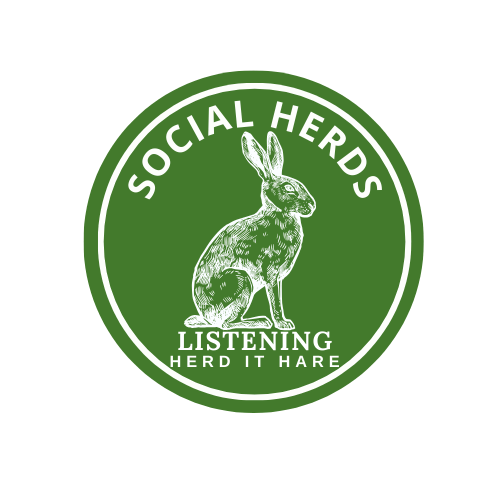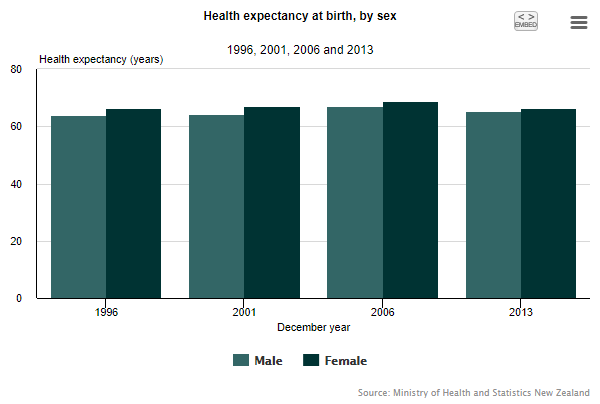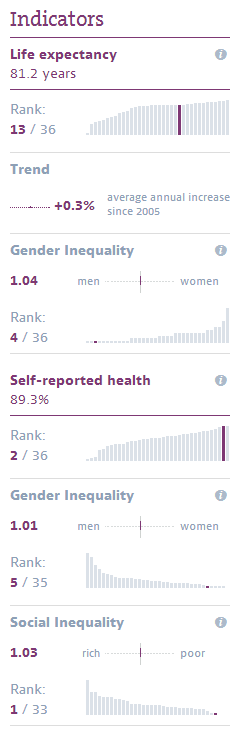OECD – Health Status data
The five indicators used to compare health status are:
- Male life expectancy at birth (2016)
- Female life expectancy at birth for females (2016),
- Survival to age 65 for males (2016),
- Survival to age 65 for females (2016),
- Under age 5 mortality rate per 1 000 live births (2016).

Information from StatsNZ 2014
This data is from the NZ Progress Indicator – Statistics New Zealand
- Between 1996 and 2006, health expectancy at birth increased 1.7 years for females and 2.7 years for males
- Health expectancy at birth increased steadily for all females between 1996 and 2006, from 67.5 years to 69.2 years.
- Health expectancy for all males increased over the same period, from 64.7 years to 67.4 years, closing the gender gap most rapidly between 2001 and 2006.
- Changes in health expectancy occur over long timeframes.
OECD Better Life Index 2013
OECD Chronic Health Risk factors
(i) Smoking: lower rate than the OECD average of 20.9%
(ii) Excessive Weight Gain: higher than the OECD average –
- NZ obesity rate is 27.8% OECD 17.2%.
- Obesity’s prevalence foreshadows increases in the occurrence of health problems
- such as diabetes
- cardiovascular diseases and
- asthma
Overall this contributes to higher health care costs
OECD – Comparative spending on health care
- Health spending is estimated at 10.3% of GDP – higher than the OECD average of 9.4%.
- below the OECD average in terms of total health spending per person, at 3 182 USD in 2011, compared with an OECD average of 3 322 USD.
- Between 2000 and 2010, total health spending in New-Zealand increased in real terms by 5.1% per year on average, a faster rate than the OECD average of 4.0%.
- This growth rate then slowed down to less than 2.0% per year between 2010 and 2011.
OECD – Comparative spending on health care
- Health spending is estimated at 10.3% of GDP – higher than the OECD average of 9.4%.
- below the OECD average in terms of total health spending per person, at 3 182 USDin 2011, compared with an OECD average of 3 322 USD.
- Between 2000 and 2010, total health spending in New-Zealand increased in real terms by 5.1% per year on average, a faster rate than the OECD average of 4.0%.
- This growth rate then slowed down to less than 2.0% per year between 2010 and 2011.



